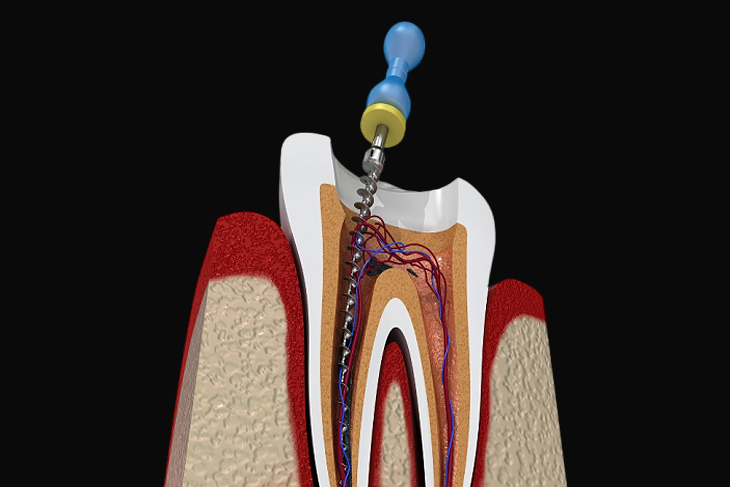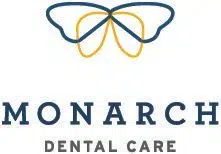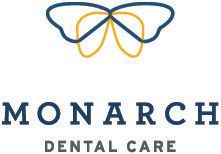
Pulp Capping: Your Comprehensive Guide with Dr. Clark
A dental pulp injury can be a serious dental issue. If left untreated, it can lead to severe pain, infection, and tooth loss. However, with modern dentistry, there's a solution to preserve your tooth's vitality: pulp capping. At Monarch Dental Care, Dr. Clark offers this minimally invasive procedure to save your tooth. Learn more about this root canal alternative and minimally invasive solution by calling our Prairie Village dentist at (913) 362-4488.
What Is Pulp Capping?
The pulp is the soft tissue inside your tooth that contains nerves and blood vessels. When the pulp becomes exposed due to decay, trauma, or a cavity, it can become infected. Pulp capping involves placing a protective material over the exposed pulp to prevent further damage and promote healing.
Why Choose Pulp Capping?
Pulp capping offers several advantages over traditional treatments like root canals or tooth extraction:
- Preservation of the Natural Tooth: By saving the natural tooth, pulp capping helps maintain your smile's natural appearance and function.
- Reduced Treatment Time: Pulp capping is a less invasive procedure than root canals, often requiring fewer appointments.
- Lower Cost: In many cases, pulp capping is a more affordable option compared to root canals or extractions.
- Reduced Risk of Complications: By preserving the natural tooth, you reduce the risk of complications associated with root canals and implants.
The Pulp Capping Procedure
The pulp capping procedure typically involves the following steps:
- Anesthesia: Local anesthesia is administered to numb the area around the affected tooth.
- Removal of Decay: Dr. Clark carefully removes any decayed tissue from the tooth.
- Pulp Capping: A medicated dental material, such as calcium hydroxide, is placed over the exposed pulp to protect it from bacteria and promote healing.
- Temporary Filling: A temporary filling is placed to seal the tooth and protect the pulp.
- Follow-up Appointment: A follow-up appointment is scheduled to remove the temporary filling and replace it with a permanent filling or crown.
Indirect Pulp Capping
The indirect pulp capping procedure is typically performed when a larger area of the pulp has been exposed due to significant decay or damage. This procedure involves removing as much decayed or damaged tissue as possible and applying a medicated material to the remaining pulp.
The indirect pulp capping procedure typically involves:
- Removing Decay: The endodontist will start by removing decayed tooth material but will leave a small portion to cover the pulp tissue.
- Adding Sedative Material: Just like direct pulp capping, a protective sedative material is applied to the decayed dentin.
- Filling the Cavity: Then, the dental professional will place the temporary filling until you come back for your second appointment.
- Evaluating Progress: After about six to eight months, your endodontist will remove the temporary filling to evaluate the status of your recovery. In most cases, the previously decayed dentin has regenerated, and any residual decay is removed.
- Getting the Permanent Restoration: Lastly, a permanent dental filling is placed to strengthen the tooth and allow the patient to eat, bite, and speak normally.
Is Pulp Capping Right for You?
Not everyone is a candidate for pulp capping. The success of the procedure depends on several factors, including the extent of the damage to the pulp, the patient's overall oral health, and the timing of treatment. Dr. Clark will carefully assess your individual situation to determine if pulp capping is the best option for you.
Aftercare for Pulp Capping
Congratulations on your pulp capping procedure! This minimally invasive treatment can save your tooth from more extensive procedures like a root canal. To ensure a successful recovery and the longevity of your tooth, it's important to follow these aftercare guidelines.
Immediate Aftercare
- Pain Management: You may experience some discomfort or sensitivity after the procedure. Over-the-counter pain relievers like ibuprofen or acetaminophen can help alleviate pain.
- Swelling: Some swelling is normal. Applying a cold compress to the affected area can help reduce swelling.
- Avoid Hot Foods and Drinks: For the first few days, avoid hot foods and drinks as they can irritate the treated tooth.
- Soft Food Diet: Stick to soft foods like soups, yogurt, and mashed potatoes to avoid putting pressure on the treated tooth.
Long-Term Care
- Oral Hygiene: Maintain excellent oral hygiene by brushing twice daily with a soft-bristled toothbrush and flossing regularly.
- Regular Dental Checkups: Schedule regular dental checkups to monitor the health of your treated tooth.
- Avoid Excessive Pressure: Avoid biting down hard on the treated tooth, especially during the initial healing period.
- Watch for Signs of Infection: Be on the lookout for signs of infection, such as severe pain, swelling, or fever. If you notice any of these symptoms, contact your dentist immediately.
Frequently Asked Questions
Discover an Easier Way to Treat Infected Teeth
Don't let a damaged tooth ruin your smile. If you're experiencing tooth pain or sensitivity, schedule a consultation with Dr. Clark at Monarch Dental Care in Prairie Village, KS. We proudly serve patients from surrounding areas like Overland Park, Leawood, and Mission Hills. Call us today at (913) 362-4488 to book your appointment and protect your oral health.

